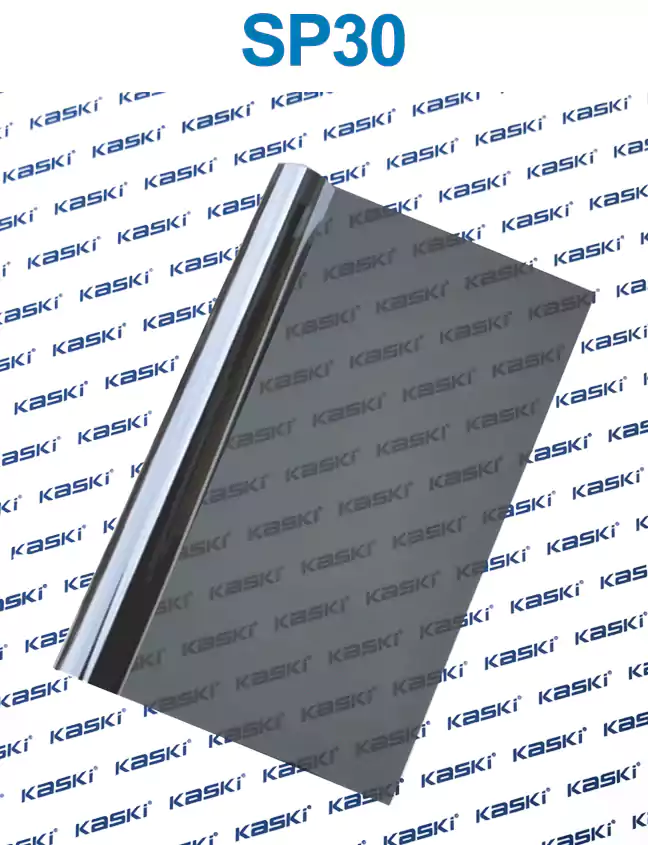Automotive window tinting is a popular and practical solution for enhancing the look, comfort, and energy efficiency of your vehicle. By applying a thin, specialized film to your car's windows, you can enjoy a range of benefits that go beyond just aesthetic appeal. In this comprehensive guide, we'll explore the principles, advantages, and a detailed installation case study to help you make an informed decision about tinting your vehicle's windows.
The Principles of automotive window tinting
Window tinting works by applying a thin, transparent film to the interior side of your car's windows. This film is designed to block a significant portion of the sun's harmful ultraviolet (UV) rays, as well as reduce the amount of heat and glare that enters the vehicle. The tint can be applied to the side windows, rear glass, and even the windscreen, depending on your preferences and local regulations.
The key principles behind heat control window film are:
1. UV Protection: The tinting film can block up to 99% of harmful UV rays, which can not only protect your skin from sun damage but also help preserve the interior of your car, including your decorative curtains and blinds.
2. Heat Rejection: By rejecting the sun's heat, window tinting can significantly improve the comfort and energy efficiency of your vehicle. This can lead to a cooler cabin, reduced reliance on air conditioning, and lower fuel consumption.
3. Glare Reduction: The tinting film helps to reduce the amount of glare that enters the vehicle, making it easier to see the road and improving driving safety, especially during bright, sunny conditions.
The Advantages of Automotive Window Tinting
Investing in automotive window tinting can provide a range of benefits that go beyond just enhancing the appearance of your vehicle. Here are some of the key advantages:
1. Increased Comfort and Energy Efficiency: By blocking the sun's heat, window tinting can help keep your car's interior cooler, reducing the need for air conditioning and improving fuel efficiency.
2. UV Protection: The tinting film can block up to 99% of harmful UV rays, protecting your skin and the interior of your car from sun damage.
3. Improved Privacy and Security: Tinted windows can make it more difficult for outsiders to see into your vehicle, providing an added layer of privacy and security.
4. Enhanced Aesthetics: Automotive window tinting can give your car a sleek, sophisticated look, adding to its overall style and visual appeal.
5. Preserves Interior: By blocking UV rays, window tinting can help protect your car's interior, including the upholstery and dashboard, from fading and premature wear.
A Detailed Installation Case Study
To better understand the process of automotive window tinting, let's consider a detailed installation case study. In this example, we'll focus on a 2021 Toyota Camry.
The Toyota Camry is a popular mid-size sedan known for its reliability, comfort, and fuel efficiency. For this installation, we'll be using a high-quality tinting film that blocks up to 99% of UV rays and rejects up to 60% of the sun's heat.
The installation process typically involves the following steps:
1. Preparation: The car's windows are thoroughly cleaned to ensure a proper adhesion of the tinting film.
2. Measurement and Cutting: The tinting film is carefully measured and cut to fit the exact dimensions of each window, ensuring a seamless and precise application.
3. Application: The tinting film is carefully applied to the interior side of the windows, starting with the side windows and then moving to the rear glass and windscreen.
4. Curing: After the initial application, the tinting film is left to cure for a specified period, typically 24-48 hours, to ensure a secure and long-lasting bond.
5. Trimming: Any excess tinting film is carefully trimmed around the edges of the windows, creating a clean and professional finish.
Throughout the installation process, the technician ensures that the tinting film is applied evenly, without any air bubbles or wrinkles, and that it meets the local regulations for visible light transmission (VLT) levels.
Testimonials
"I've had my Toyota Camry's windows tinted for over a year now, and I couldn't be happier with the results. The car stays so much cooler, and I no longer have to crank up the air conditioning as much. The tinting also looks great and really adds to the overall style of my vehicle." - Sarah, 32, Accountant
"Investing in window tinting for my Camry was one of the best decisions I've made. Not only does it make the interior more comfortable, but it also helps protect my car's interior from the sun's damaging rays. The installation process was quick and hassle-free, and I've had no issues with the tinting since then." - Michael, 45, Small Business Owner
In conclusion, automotive window tinting is a practical and versatile solution that can enhance the comfort, energy efficiency, and overall appearance of your vehicle. By understanding the principles, advantages, and installation process, you can make an informed decision about tinting your car's windows and enjoy the benefits for years to come.


















